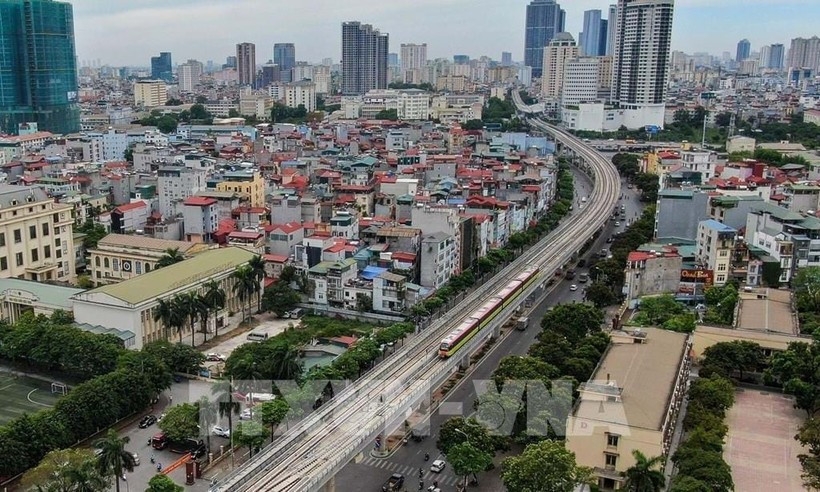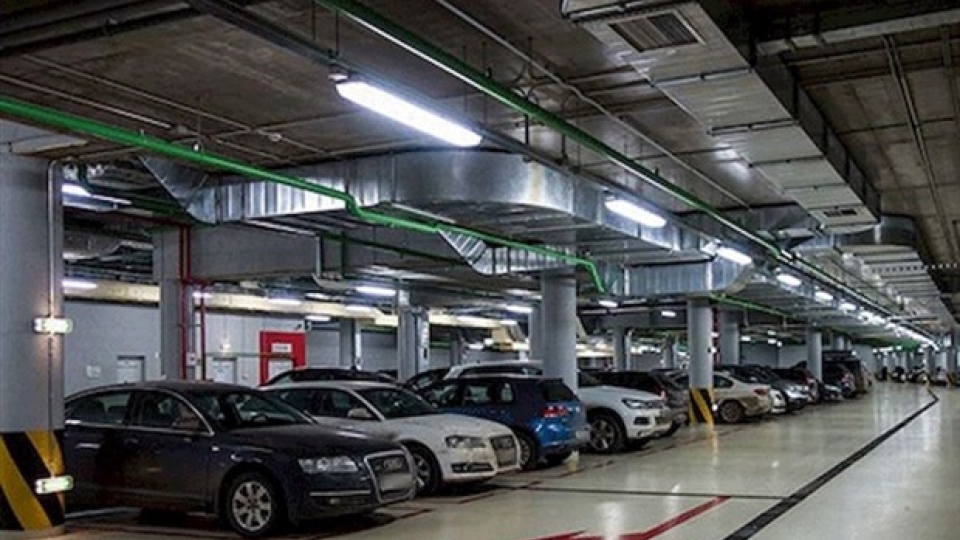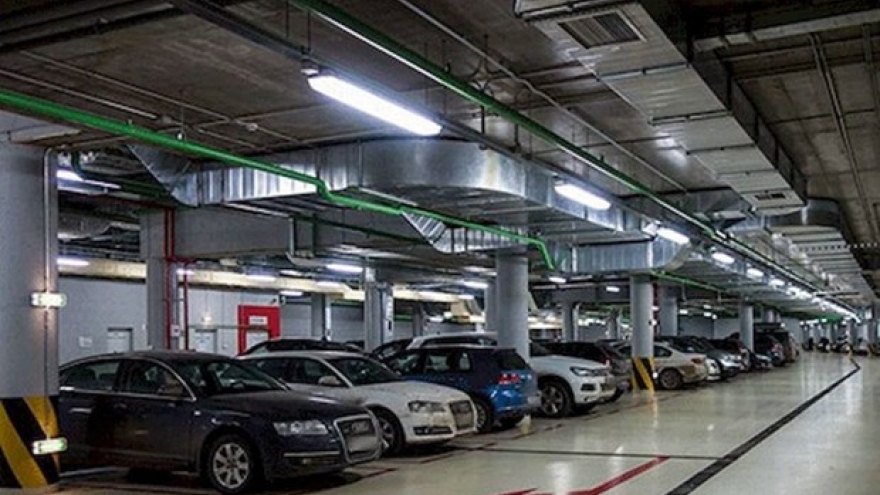Hanoi to formalise regulations on underground space development
The Hanoi People’s Council has approved a resolution outlining a list of underground work sites that are encouraged for investment and construction in the city.

To enhance their efficiency, it is essential to promote these projects through specific preferential mechanisms and policies, as well as harmonious legal regulations.
Prioritising transportation, infrastructure
According to the newly issued resolution, the city will prioritise attracting investment in underground projects to serve the development of metro lines. This list includes investment projects for the construction of an underground metro line system comprising eight routes with a total length of 320.25 km and 191 stations, including 81.2 km of underground sections and 68 underground stations.
The city has also prioritised investment in projects such as road underpasses, and underground roads, parking lots, and underground technical infrastructure that supplies energy and serves public lighting. This list includes 85 projects, comprising five underpasses, 78 parking lots, and two public facilities.
Vice Chairman of the municipal People’s Committee Duong Duc Tuan said the issuance of this list concretises the 2024 Capital Law and the Politburo’s directives on Hanoi’s development by 2030 with a vision toward 2045.
According to the provisions of Article 19 of the 2024 Capital Law, underground space must be zoned by function for management, exploitation, and use. Land users within the city’s jurisdiction are allowed to use the subsurface vertically within the boundaries of their land plots, from the surface down to the depth limits prescribed by the Government in accordance with planning regulations.
Concerted, timely regulations needed
The practical development of Hanoi shows that the building of underground space has become an urgent requirement to enhance infrastructure capacity and urban quality of life. Dr. Dao Ngoc Nghiem, Vice Chairman of the Vietnam Urban Planning Association, said underground space is a key solution to save land resources, and help the city with urban renewal.
Dr. Nguyen Hong Tien, former Director of the Technical Infrastructure Department under the Ministry of Construction, said investment priorities and incentives for constructing underground works have been mentioned earlier.
Government Decree No. 39/2010/ND-CP outlines requirements for managing urban underground space, stipulating that cities must implement investment incentives for underground construction. However, since its introduction in 2010, this issue has not received the necessary attention, he said.
Legal regulations on underground work planning and management have begun to be defined more clearly and specifically, Tien said, adding that Hanoi’s issuance of a list of priority underground projects is both reasonable and timely.
However, experts note that after issuing the list, the city needs to further specify the preferential policies, support procedures, and timelines for investors to access these incentives. Additionally, to avoid potential obstacles, related legal regulations must be amended or replaced to ensure consistency, and the responsible agencies for implementation must be clearly defined.
In practice, the 2024 Capital Law introduces many new and superior provisions compared to existing mechanisms and policies. To concretise the regulations of this law, relevant units need to review and monitor the progress of implementing the delegated provisions to ensure coherence.



